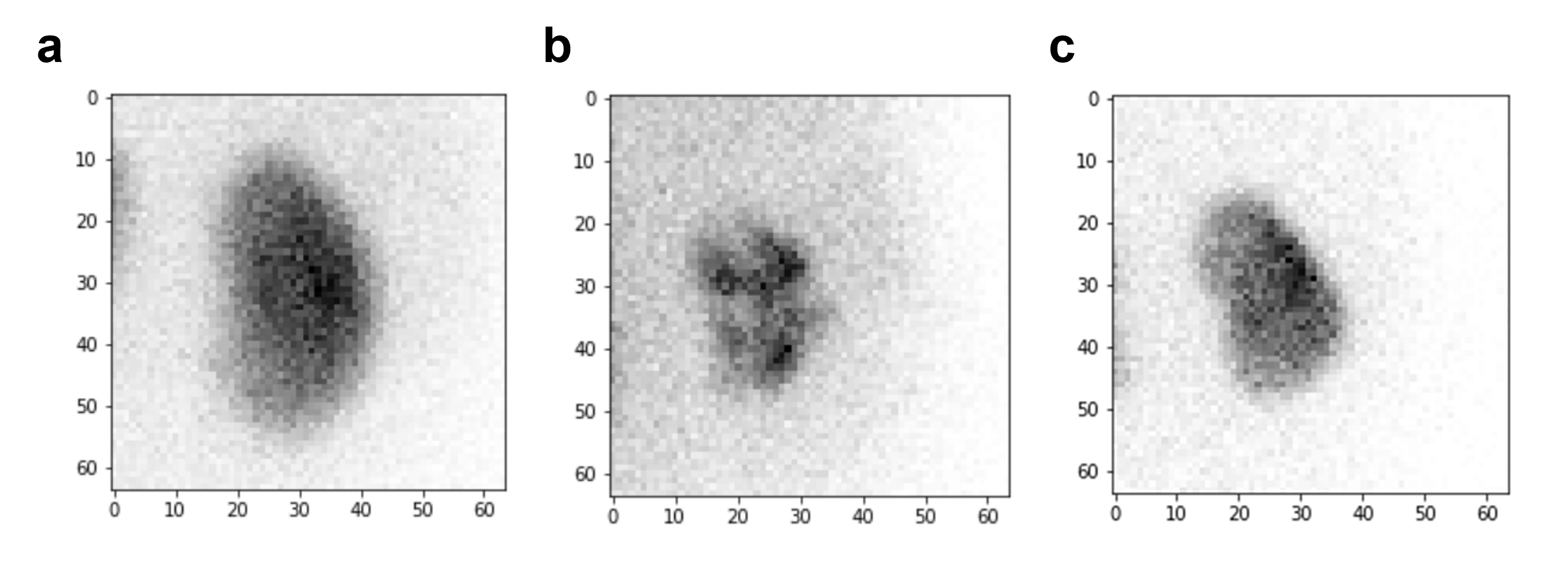글로벌 연구동향
핵의학
- 2022년 04월호
[Diagnostics (Basel).] Prediction of Recurrent Urinary Tract Infection in Paediatric Patients by Deep Learning Analysis of 99m Tc-DMSA Renal Scan성균관의대 / 이현종, 유병우, 최준영*
- 출처
- Diagnostics (Basel).
- 등재일
- 2022 Feb 6
- 저널이슈번호
- 12(2):424. doi: 10.3390/diagnostics12020424.
- 내용
Abstract
Purpose: Tc-99m dimercaptosuccinic acid (99mTc-DMSA) renal scan is an important tool for the assessment of childhood urinary tract infection (UTI), vesicoureteral reflux (VUR), and renal scarring. We evaluated whether a deep learning (DL) analysis of 99mTc-DMSA renal scans could predict the recurrence of UTI better than conventional clinical factors. Methods: the subjects were 180 paediatric patients diagnosed with UTI, who underwent immediate post-therapeutic 99mTc-DMSA renal scans. The primary outcome was the recurrence of UTI during the follow-up period. For the DL analysis, a convolutional neural network (CNN) model was used. Age, sex, the presence of VUR, the presence of cortical defects on the 99mTc-DMSA renal scan, split renal function (SRF), and DL prediction results were used as independent factors for predicting recurrent UTI. The diagnostic accuracy for predicting recurrent UTI was statistically compared between independent factors. Results: The sensitivity, specificity and accuracy for predicting recurrent UTI were 44.4%, 88.9%, and 82.2% by the presence of VUR; 44.4%, 76.5%, and 71.7% by the presence of cortical defect; 74.1%, 80.4%, and 79.4% by SRF (optimal cut-off = 45.93%); and 70.4%, 94.8%, and 91.1% by the DL prediction results. There were no significant differences in sensitivity between all independent factors (p > 0.05, for all). The specificity and accuracy of the DL prediction results were significantly higher than those of the other factors. Conclusion: DL analysis of 99mTc-DMSA renal scans may be useful for predicting recurrent UTI in paediatric patients. It is an efficient supportive tool to predict poor prognosis without visually demonstrable cortical defects in 99mTc-DMSA renal scans.
(a) 핵의학 전문의 판독 상 신피질 결손이 없는 것으로 진단된 환자이며 요로감염 재발은 없었습니다. 인공신경망은 해당 환자에 대해 요로감염 재발이 없을 것이라 예측하였습니다. (b) 핵의학 전문의 판독 상 다발성 신피질 결손이 진단된 환자이며 요로감염 재발이 있었습니다. 인공신경망은 해당 환자에 대해 요로감염 재발이 있을 것이라 예측하였습니다. (c) 핵의학 전문의 판독 상 신피질 결손이 없는 것으로 진단된 환자이며 요로감염 재발이 있었습니다. 인공신경망은 해당 환자에 대해 요로감염 재발이 있을 것이라 예측하였습니다.
Affiliations
Hyunjong Lee 1 , Beongwoo Yoo 2 , Minki Baek 3 , Joon Young Choi 1
1 Department of Nuclear Medicine, Samsung Medical Center, Sungkyunkwan University School of Medicine, Seoul 06351, Korea.
2 Sungkyunkwan University School of Medicine, Seoul 06351, Korea.
3 Department of Urology, Samsung Medical Center, Sungkyunkwan University School of Medicine, Seoul 06351, Korea.
- 키워드
- 99mTc-DMSA renal scan; convolutional neural network; deep learning; prediction; prognosis; urinary tract infection.
- 연구소개
- 99mTc-DMSA를 이용한 신장 스캔은 신피질 결손을 진단하는 핵의학 검사로 요로감염의 재발과 만성신질환의 악화를 예측하는 데에 유용하다고 알려져 있습니다. 본 연구에서는 최근 각광받고 있는 딥러닝(deep learning) 기술을 이용하여 99mTc-DMSA 신장 스캔 영상을 인공신경망에 학습시키고 요로감염 재발 여부의 예측능을 평가하였습니다. 후면에서 촬영한 99mTc-DMSA 신장 스캔 영상을 입력 데이터로 활용하였고, 인공신경망으로는 이미지 분류에서 가장 널리 활용되는 합성곱 신경망(CNN: convolutional neural network)을 활용하였습니다. 인공신경망은 기존의 임상적 지표인 방광요관역류의 유무, 낮은 신피질 섭취, 핵의학 전문의가 정성적으로 평가한 신피질 결손의 유무보다 요로감염 재발 여부를 예측함에 있어 더 높은 특이도와 정확도를 보였습니다. 해당 연구를 통해 인공지능을 이용한 99mTc-DMSA 신장 스캔 영상 분석이 예후 예측에 있어 전문의의 진단에 보조적인 역할을 할 수 있음을 보였습니다. 향후 인공지능을 이용한 핵의학 영상분석 연구가 단순한 이미지의 분류를 넘어서서 예후 예측과 같은 임상적 정보를 제공하는 방향으로 많이 이루어지기를 기대합니다.
- 덧글달기







